Entertainment
Billy Joel Performs at the GRAMMYs for the First Time in 22 Years on February 5, 2024 at 4:40 am News

The singer made a memorable return to music’s biggest night.The singer made a memorable return to music’s biggest night.
News Read More
Advice
How Color Shapes Film Mood and Tone
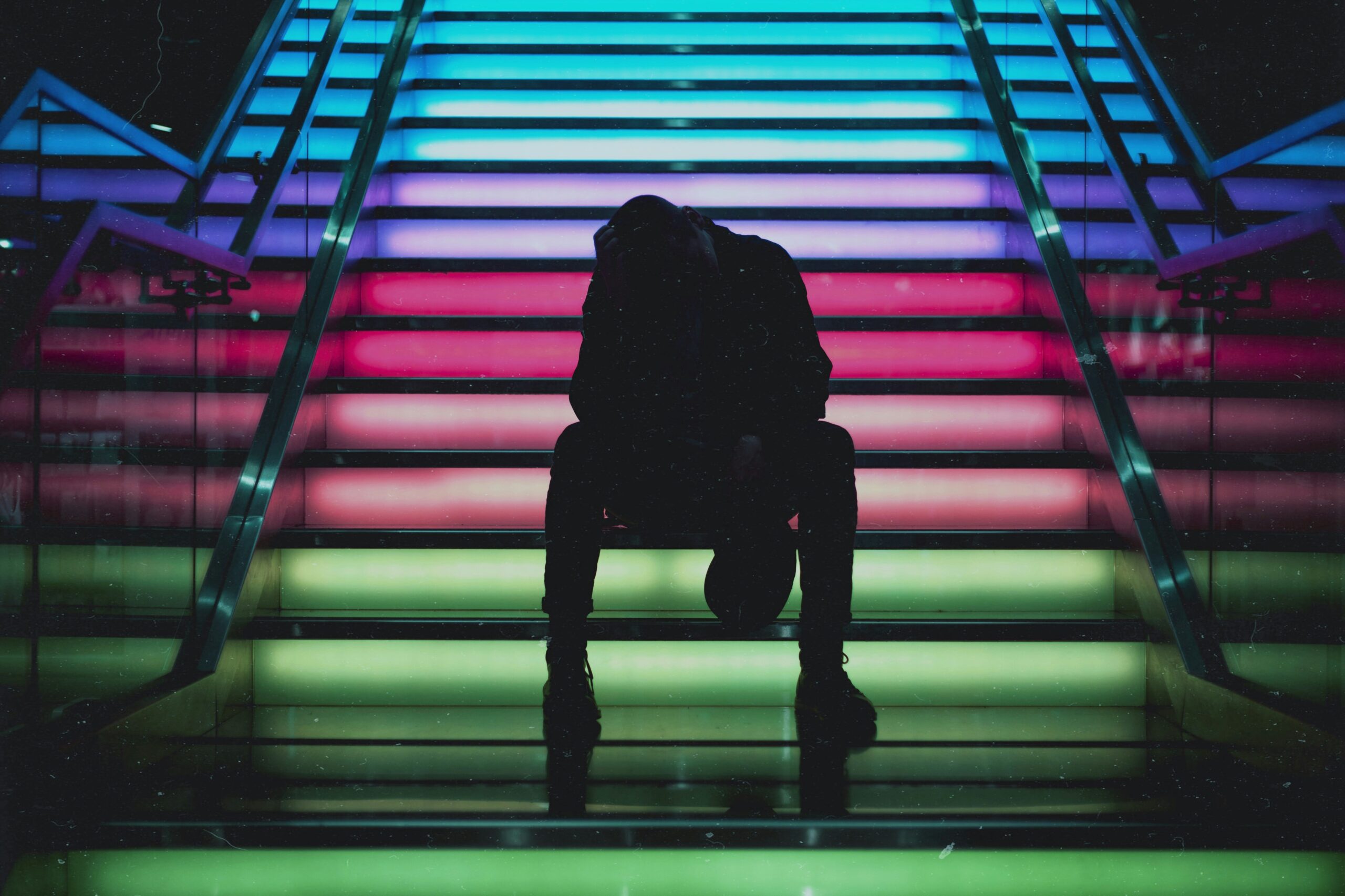
Color is a powerful storytelling tool in filmmaking. It shapes a film’s tone, influences emotions, and enhances visual storytelling. By understanding color theory and symbolism, filmmakers can craft compelling narratives that resonate with their audience on a deeper level.
1. The Basics of Color Theory in Film
At its core, color theory helps filmmakers choose and combine colors to achieve specific effects.
- Primary Colors: Red, blue, and yellow are the building blocks of all colors.
- Color Harmony: Complementary (opposites on the color wheel) and analogous (adjacent colors) schemes create visual balance or tension.
- Warm vs. Cool Colors: Warm tones (red, orange, yellow) evoke energy and passion, while cool tones (blue, green, purple) create calmness or melancholy.
Understanding these basics allows filmmakers to design palettes that support their story’s emotional arc.
2. Setting the Tone with Color Palettes
A film’s color palette sets the mood and reinforces its themes.
- Monochromatic Schemes: Using shades of a single color can create a minimalist and cohesive look, as seen in Moonlight.
- Contrasting Colors: Films like Amélie use vibrant contrasts to highlight whimsy and vibrancy.
- Muted Tones: Desaturated colors in The Road evoke despair and a bleak post-apocalyptic world.
Choosing the right palette ensures the audience feels the intended emotions without overt exposition.
3. The Emotional Language of Colors
Colors evoke specific emotions and associations, making them essential for visual storytelling.
- Red: Passion, danger, or power (Schindler’s List: The girl in the red coat).
- Blue: Sadness, serenity, or isolation (Her: Melancholy longing).
- Yellow: Joy, caution, or decay (Breaking Bad: The descent into moral chaos).
- Green: Growth, envy, or the unnatural (The Matrix: A digital world).
Consider your story’s themes when assigning symbolic meanings to colors.
4. Practical Tips for Using Color on a Budget
Big budgets aren’t required to use color effectively.
- Lighting: Experiment with gels and filters to alter light color.
- Costume and Set Design: Coordinate wardrobe and props to align with your palette.
- Post-Production: Use color grading software to fine-tune tones and hues.
Indie filmmakers can create visually stunning projects by focusing on intentional color choices during pre-production.
5. Famous Examples of Color in Film
Learn from cinematic classics that masterfully use color:
- The Grand Budapest Hotel: Wes Anderson’s pastel hues create a whimsical, nostalgic world.
- The Godfather: Golden tones symbolize power and corruption.
- Black Panther: Vibrant colors celebrate African culture and Wakanda’s identity.
Analyze these examples to inspire your own projects.
Conclusion
Color is more than a visual element—it’s a storytelling powerhouse. By understanding its emotional impact and mastering its practical application, filmmakers can elevate their craft. Whether you’re working on a blockbuster or an indie film, thoughtful color choices can make your story unforgettable.
Bolanle Media is excited to announce our partnership with The Newbie Film Academy to offer comprehensive courses designed specifically for aspiring screenwriters. Whether you’re just starting out or looking to enhance your skills, our resources will provide you with the tools and knowledge needed to succeed in the competitive world of screenwriting. Join us today to unlock your creative potential and take your first steps toward crafting compelling stories that resonate with audiences. Let’s turn your ideas into impactful scripts together!
Entertainment
What Chris Tucker and Jackie Chan Teach Us About On-Screen Chemistry

The on-screen chemistry between Chris Tucker and Jackie Chan exemplifies how two distinct personalities can create cinematic magic. Their collaboration in the Rush Hour series not only brought laughter and excitement to audiences but also showcased a unique blend of comedic timing, physicality, and cultural differences. This article explores the elements that contribute to their chemistry, the impact of their partnership on the action-comedy genre, and the valuable lessons we can learn from their dynamic.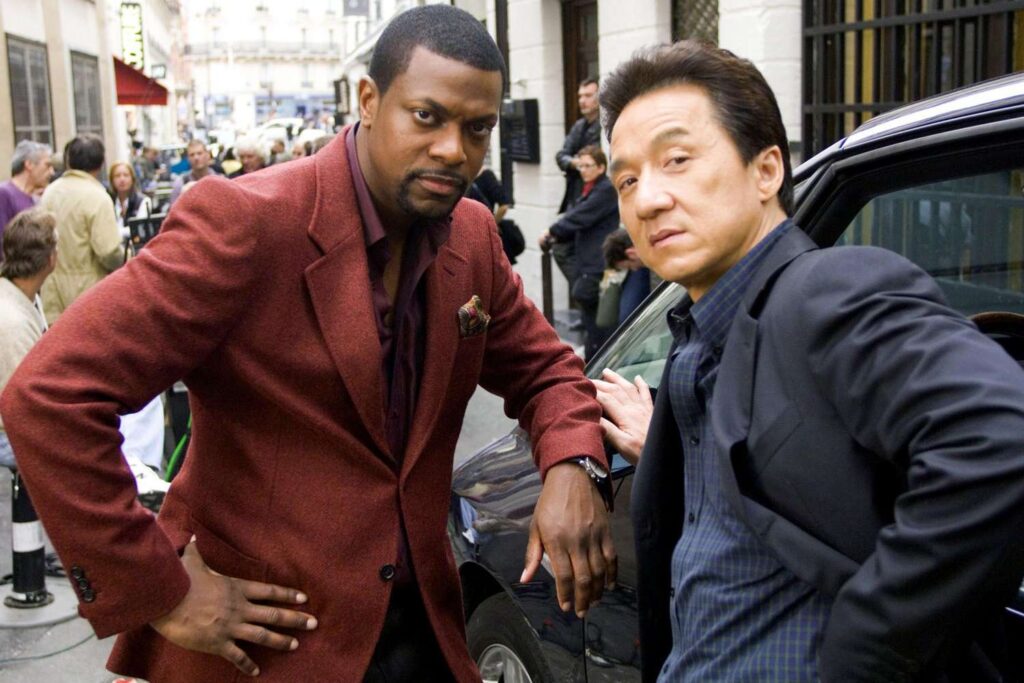
Contrasting Styles
A key aspect of Tucker and Chan’s chemistry is their contrasting styles. Jackie Chan is renowned for his martial arts skills and physical comedy, while Chris Tucker brings a high-energy comedic flair characterized by rapid-fire dialogue. This combination creates a delightful balance that keeps audiences engaged, as viewers enjoy the interplay between Chan’s action sequences and Tucker’s humor.
Cultural Exchange
Their films often explore themes of cultural exchange, with Tucker representing an American perspective and Chan embodying a traditional Chinese approach. This cultural juxtaposition leads to humorous misunderstandings and witty banter that resonate with diverse audiences. By navigating these differences, Tucker and Chan not only entertain but also educate viewers about the richness of their respective cultures.
Improvisation and Playfulness
Both actors are known for their improvisational skills, which significantly enhance their on-screen chemistry. Their willingness to play off each other’s energy allows for spontaneous moments that feel genuine and entertaining. This improvisation shines in scenes where Tucker’s quick wit meets Chan’s physical comedy, resulting in memorable exchanges.
Impact on the Action-Comedy Genre
The success of the Rush Hour series revolutionized the action-comedy genre, paving the way for future collaborations between actors from different backgrounds. The blend of action-packed sequences with comedic elements became a formula that many filmmakers sought to replicate. Tucker and Chan’s chemistry not only entertained audiences but also demonstrated that diverse partnerships could lead to creative storytelling.
Lessons Learned from Their Dynamic
- Embrace Differences: Embracing contrasting styles can enrich storytelling.
- Prioritize Chemistry: Building rapport among actors is essential for engaging narratives.
- Encourage Improvisation: Allowing room for improvisation enhances both humor and emotional depth.
- Highlight Cultural Nuances: Thoughtfully exploring cultural differences resonates with audiences.

Conclusion
Chris Tucker and Jackie Chan’s chemistry is a testament to the power of collaboration in film. Their contrasting styles, cultural exchanges, and improvisational skills create a unique dynamic that resonates with viewers worldwide. By examining what makes their partnership special, filmmakers can gain valuable insights into crafting memorable cinematic experiences that leave lasting impressions on audiences long after the credits roll.
Bolanle Media is excited to announce our partnership with The Newbie Film Academy to offer comprehensive courses designed specifically for aspiring screenwriters. Whether you’re just starting out or looking to enhance your skills, our resources will provide you with the tools and knowledge needed to succeed in the competitive world of screenwriting. Join us today to unlock your creative potential and take your first steps toward crafting compelling stories that resonate with audiences. Let’s turn your ideas into impactful scripts together!
Advice
Crafting the Ultimate Alien Costume

Creating an amazing alien costume is a fun and creative process that combines imagination, artistic skills, and some technical know-how. It all starts with a burst of inspiration—an idea for a creature from another world that is both strange and fascinating.
Step 1: Research and Design
The first step in making an alien costume is research. Look at different sci-fi movies, books, and even scientific theories about what extraterrestrial life might look like. Spend time sketching your ideas; this helps you visualize your alien character. Think about where this alien comes from and how it might look based on its environment.
Step 2: Building the Alien Head
The head is one of the most important parts of the costume. You can start with a foam mannequin head and then use oil-based clay to sculpt unique features, like unusual shapes or textures. This process takes time, often several weeks, as you want to get the details just right. Once you’re happy with the sculpture, you can make molds and cast the head in materials like silicone or latex.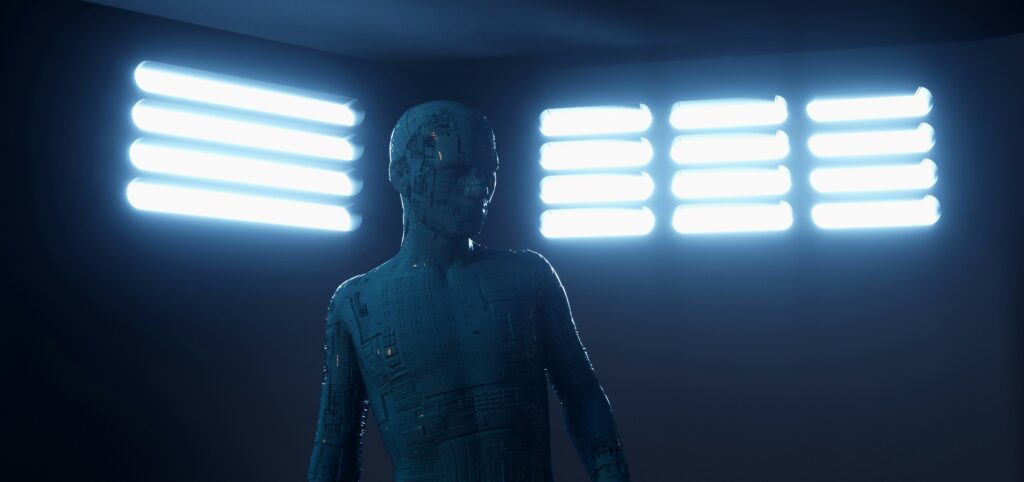
Step 3: Creating the Body Suit
Next, you’ll need a body suit that fits well and looks otherworldly. Use stretchy fabrics like spandex to create a suit that allows for movement. You can add padding to give your alien a unique shape or muscular appearance. Make sure to include a zipper for easy wear.
Step 4: Adding Texture and Skin Details
To make your alien look realistic, focus on adding texture to the skin. You can use silicone or latex to create scales, bumps, or other patterns that suggest an exotic biology. Airbrushing techniques will help you paint the suit with colors that make it look alive.
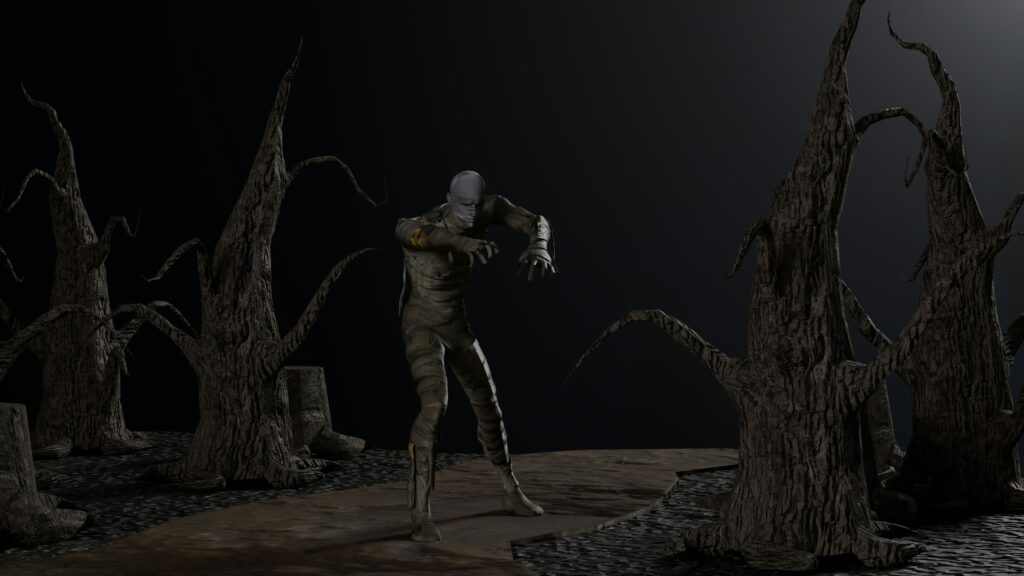
Step 5: Designing the Eyes
Alien eyes are crucial for creating a captivating look. You might use custom-made contact lenses or create large prosthetic eyes that stand out. These can be made by sculpting eye shapes in clay, making molds, and then painting them to look realistic.
Step 6: Hands and Feet
Don’t forget about the hands and feet! You can create custom gloves and shoes that match your alien design. Use latex or silicone to make them look unique, and consider adding details like long fingers or unusual shapes.
Step 7: Incorporating Lights
To make your costume even more eye-catching, consider adding lights. Using LED strips or glow-in-the-dark materials can give your alien an otherworldly glow. Plan where these lights will go during the design phase so they blend seamlessly into your costume.
Step 8: Final Assembly
Once all parts are created, it’s time for assembly. Put everything together and test how it fits on the performer. Make any necessary adjustments to ensure comfort and mobility. A full dress rehearsal is essential to identify any issues before the big reveal.
Conclusion
Creating an alien costume is an exciting project that allows you to explore your creativity. While it can take anywhere from 8 to 12 weeks and cost between $2,000 and $5,000 for high-quality materials, the end result is worth it—a unique costume that transports audiences into another world! With patience and attention to detail, you can bring your alien vision to life in a way that captivates everyone who sees it.
Bolanle Media is excited to announce our partnership with The Newbie Film Academy to offer comprehensive courses designed specifically for aspiring screenwriters. Whether you’re just starting out or looking to enhance your skills, our resources will provide you with the tools and knowledge needed to succeed in the competitive world of screenwriting. Join us today to unlock your creative potential and take your first steps toward crafting compelling stories that resonate with audiences. Let’s turn your ideas into impactful scripts together!
-

 Advice4 weeks ago
Advice4 weeks agoHow Community Engagement Ignites Cultural Phenomena
-
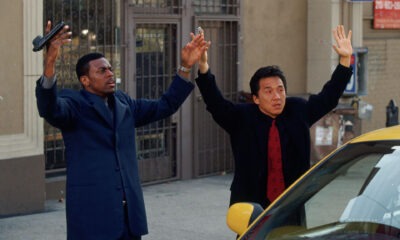
 Entertainment3 hours ago
Entertainment3 hours agoWhat Chris Tucker and Jackie Chan Teach Us About On-Screen Chemistry
-

 Advice4 days ago
Advice4 days agoThe Impact of Music on Film Pacing
-

 Advice1 week ago
Advice1 week agoMaster the Art of Film Casting
-

 Advice1 week ago
Advice1 week agoHow to Create Unforgettable Movie Scenes
-

 Advice2 weeks ago
Advice2 weeks agoA Reality Check for Aspiring Filmmakers
-

 Advice1 week ago
Advice1 week agoReinventing Genres: Tips for Filmmakers
-

 Advice1 week ago
Advice1 week agoScreenwriting Tips for Aspiring Filmmakers








